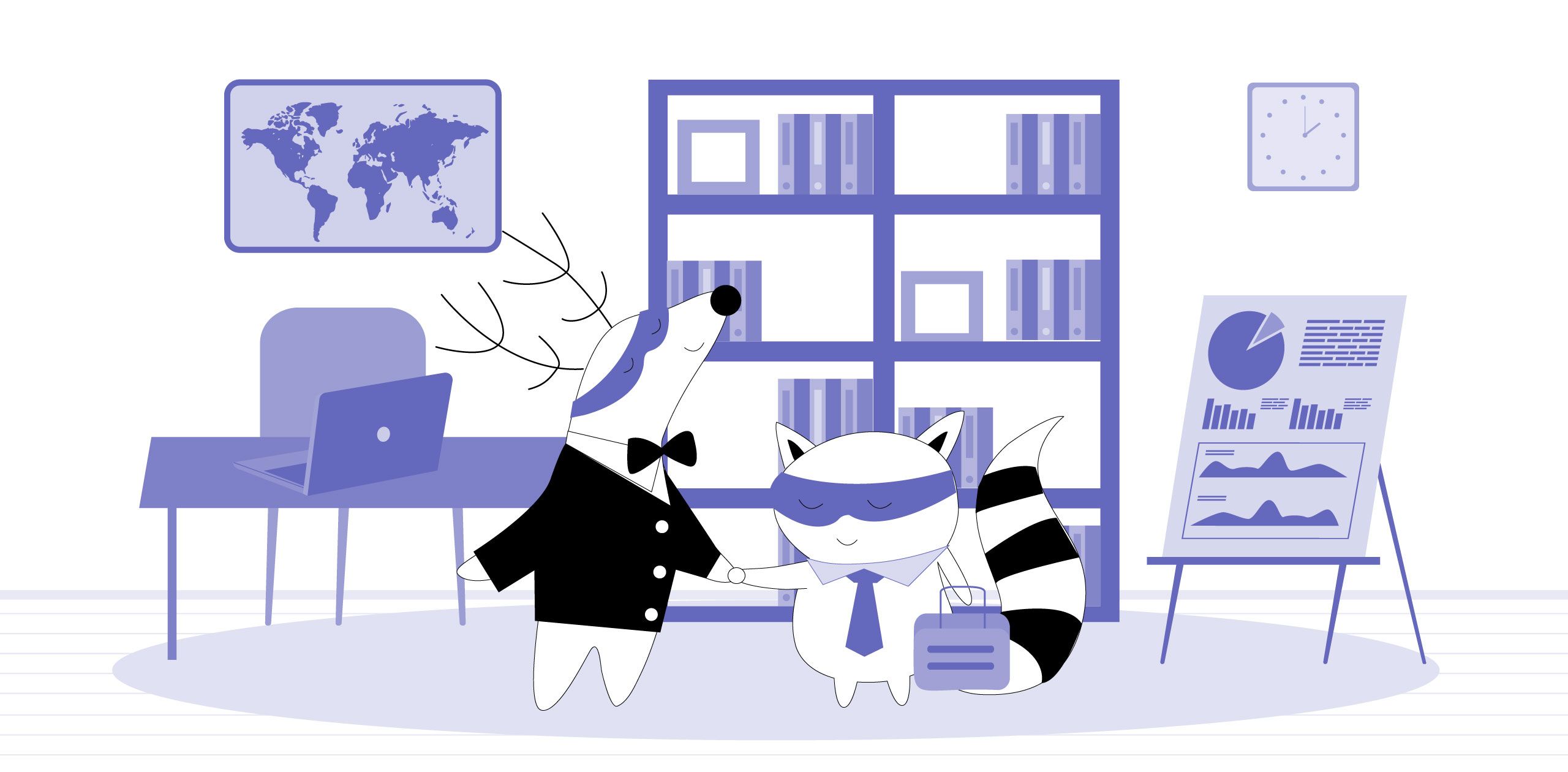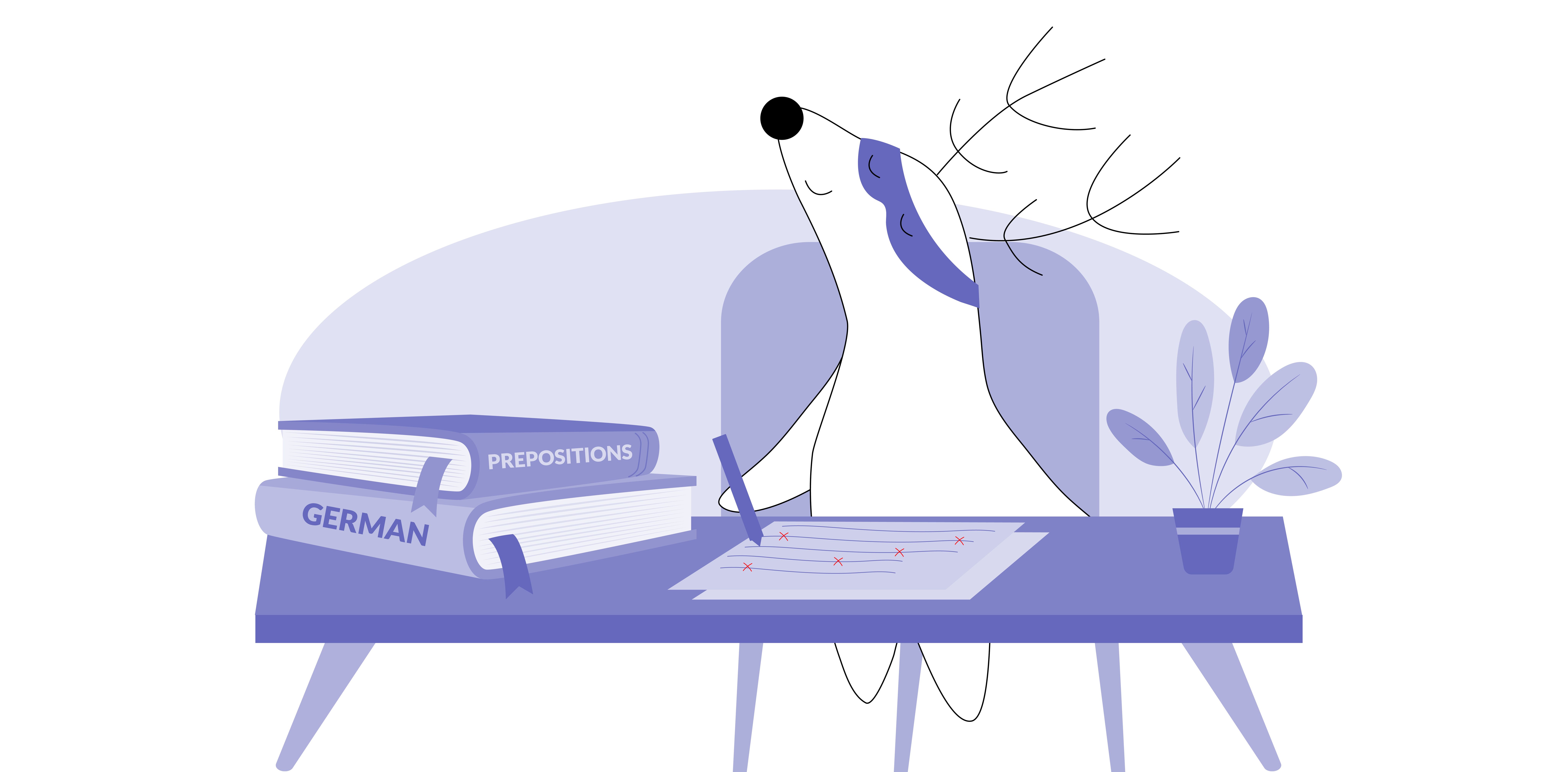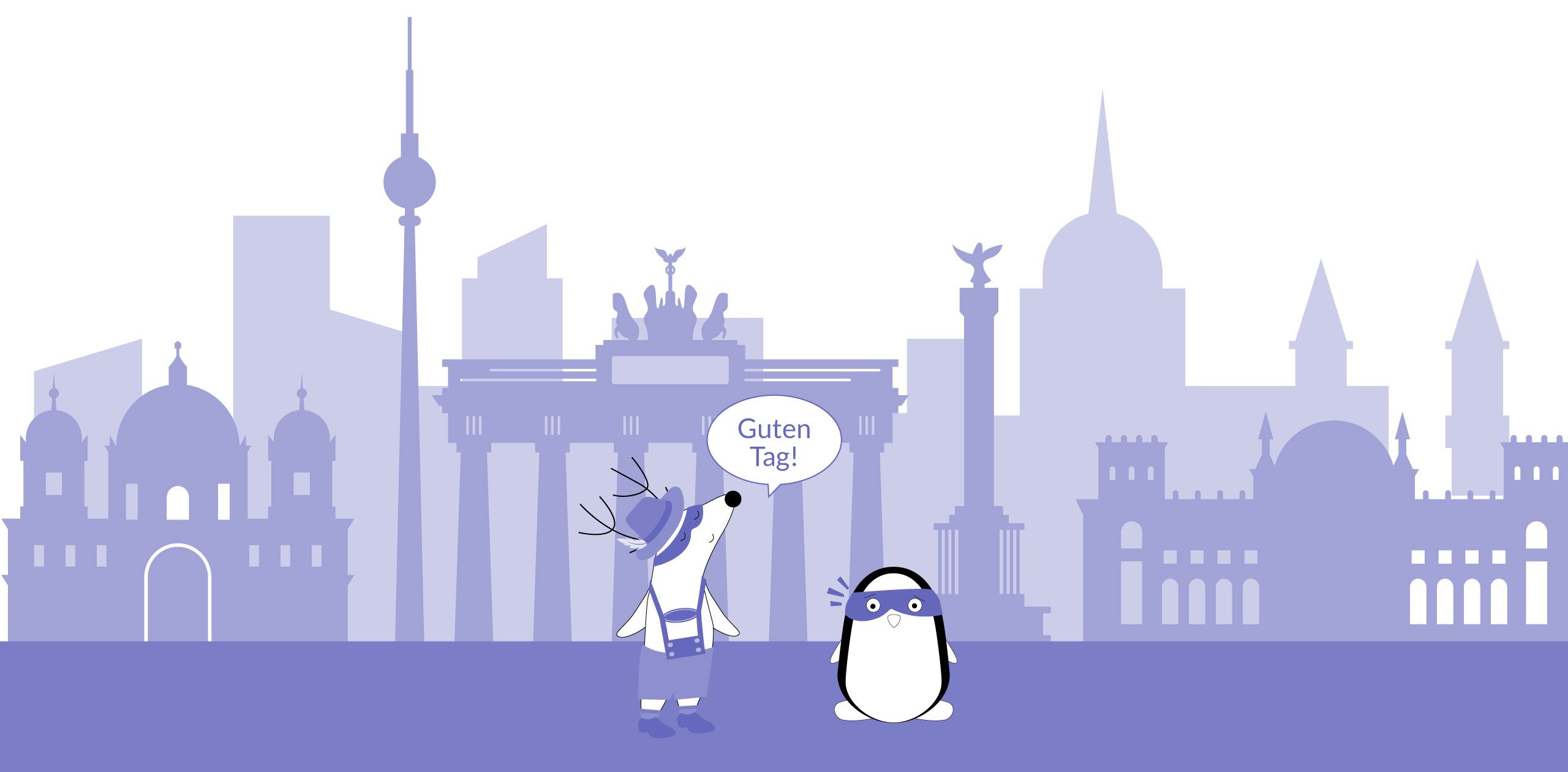
When most people think of the German language, they likely imagine the High German dialect. This is the dialect that is used in most formal settings and taught in schools.
Middle High German, spoken between the 12th and 14th centuries, played a crucial role in the development of the German language. It was a period when dialects became more standardized, and medieval literature flourished, including notable works like the epic poem 'Nibelungenlied.'
Several dialects of German still exist today, including High German, Low German, and Upper German. While High German is the more commonly used dialect, it is not the only one. And, knowing just this one may not always be enough to communicate with native German speakers.
In the article below, let’s explore some of the key differences between the two common dialects as well as dive deeper into their history. Read on!
Learn German with Langster
German Dialects
Just as with English, various German dialects are spoken around the world. In fact, there are even more dialects of German than there are dialects of English. But, what exactly is a dialect, and how does it differ from an accent?
Put simply, a dialect is the variety of a language that is spoken in a specific region or area. It can be thought of as the local variation of a language. For example, in the United States, we have several different dialects of English – Southern English, Midwestern English, and so on. Each region has its own unique set of words and expressions that are used within that specific area.
Accents, on the other hand, refer to the way in which a person pronounces certain words in a language. So, someone from the UK might have an English accent, while someone from the southern United States might have a Southern American accent.
The German language has an enormous number of dialects: it’s estimated that there are as many as 250 of them spoken across different regions of Germany, Austria, Switzerland, and some other countries. Most of these trace back to the times of ancient Germanic tribes. Swiss German, for instance, differs significantly from other dialects in terms of vocabulary, pronunciation, and historical context.
Today, however, many traditional German dialects have been displaced by the standard variety of the language, often called “High German.” This is not a correct name, though, as high German is actually a combination of dialects spoken in central and southern Germany (highland). Opposed to it, there’s another common vernacular language – low German, spoken in the north (lowland). High German is often used as the official written language in formal settings such as news, government business, and communication with individuals from other German-speaking countries.
History of High German

When most people think of the German language, they likely imagine the High German dialect. This is the dialect that is used in most formal settings and taught in schools. Additionally, it is often used in writing, both formally and informally. In contrast, many of the other dialects are considered to be more casual and are typically only used in conversation with friends and family.
The history of High German actually dates back to 500 AD and the group of Germanic dialects we now call “Old High German.” The name “high” doesn’t imply any kind of superiority – it simply refers to the area where the languages were spoken, the highlands in southern Germany.
Over time, the Old High German dialects gradually overtook the Low German varieties and became the basis for the development of today’s Standard German. During the 12th to 14th centuries, Middle High German played a crucial role in the standardization of the German language. This period saw the flourishing of medieval literature, including notable works like the epic poem 'Nibelungenlied,' and the dialects became more uniform, especially in literary texts, making it somewhat easier for people across regions to understand each other. One of the reasons for its popularity was Luther’s translation of the Bible, which resulted in the immersion of the German language and German identity.
Since High German has a close relationship with the standard German language, these two names are often used as synonyms. Some people also call it Central German. This dialect is often portrayed as the “correct” way to speak the language, or the official language – which is taught both in German schools as well as in German language classes abroad.
Nevertheless, following this perspective can often result in communication issues when talking to real Germans, since in real life, most of them speak a dialect belonging to one or the other groups.
History of Low German
As mentioned, the standard German language only developed from the dialects that were spoken in southern Germany. In contrast, many of the Old Low German (or Old Saxon) dialects were spoken in northern Germany and the eastern Netherlands and were first documented in the 8th century.
Old Low German actually supplied some Scandinavian languages, which is why it’s easier today to learn Swedish or Danish if you already know German. In the Middle Ages, though, the connection between German and Scandinavian languages was disrupted by the appearance of standardized languages, and the dialects started evolving separately.
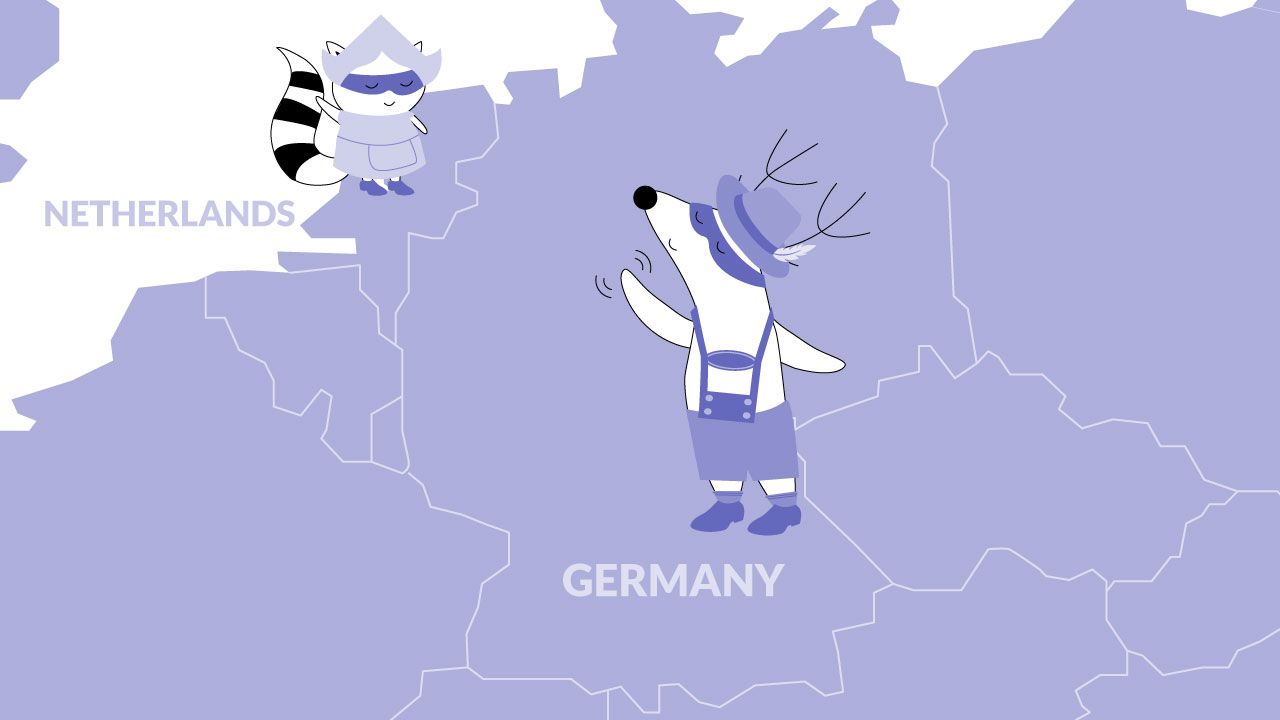
Old Low German grew into Middle Low German, spoken all around the North Sea and the Baltic Sea. However, it fell out of favor in the beginning of the 15th century due to the increasing popularity of High German.
Still today, some regions in Germany are typically associated with the Low German dialect – for example, Lower Saxony, Hamburg, Bremen, or Brandeburg. These dialects are often said to be more similar to English than to Standard German.
Low German words, such as "plietsch" (clever) and "snacken" (to chat), showcase the unique vocabulary and expressions of the Low German dialect.
High German vs. Low German: the Differences
The two main German dialects – High German and Low German – have several key differences, which often make them seem like two different languages.
The main thing that differentiates these two dialects is pronunciation. The reason for this is the High German consonant shift – a period of time when speeches changed in pronunciation. While High German and Low German originally had similar consonants – [t], [p], and [k] – they changed in High German as a result of the shift.
- [p] became [pf] or [f], which is why there are two different words for “apple”: [appel] in Low German and [apfel] in High German.
- [t] became [s] or [ts] – we can hear that today in the different pronunciation of the words [dat] and [wat] in Low German, as opposed to [das] and [was] in High German.
- [k] changed to the fricative [ch] – Low German [maken] became [machen] in the High German dialect.
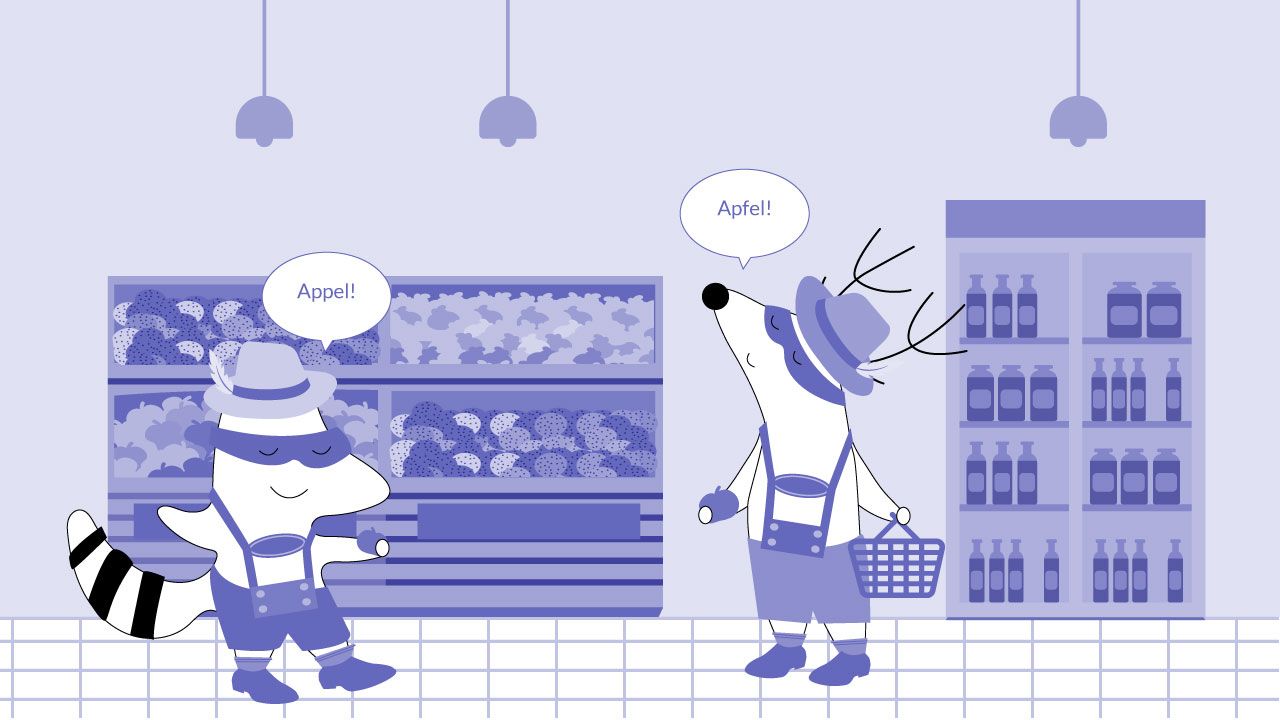
Grammar and vocabulary can also differ in High and Low German because of their linguistic history. For example, Low German has a present progressive form of verbs, which resulted from its connection to the Old Dutch language. In the northern dialects of Low German, the past participle is also created without the prefix ge- (geschlafen vs. slapen for “slept”).
Low German words, also known as Plattdeutsch or Niederdeutsch, often differ significantly from High German words. For instance, Moin for “Hello,” Bidd for “Please,” or Wat is dien Naam? for “What is your name?”
There’s No “Proper” German
Despite the many differences between the two German dialects, it’s important to remember that both of them are still considered to be German. The distinction between Low, Central, and Upper German is not so clear cut as many sources say. Most people in Germany can understand at least one of those dialects just as well as Standard German.
The history of these two major groups also shows that there is no “proper” or "correct” way to speak either of those dialects – they have all evolved from different languages and were influenced by various factors, such as geography and culture. That’s why they tend to share some similar words but have unique pronunciations.
Still, learning the standard German language might help if you’re planning a short trip to Germany. If you want to have a longer visit or immigrate to this country, it can be helpful to get the grasp of both High and Low German, even though you might focus more on the standard variety.
And, it can be especially good to dive deeper into the German dialect spoken in the specific area you’re visiting.
Bottom Line
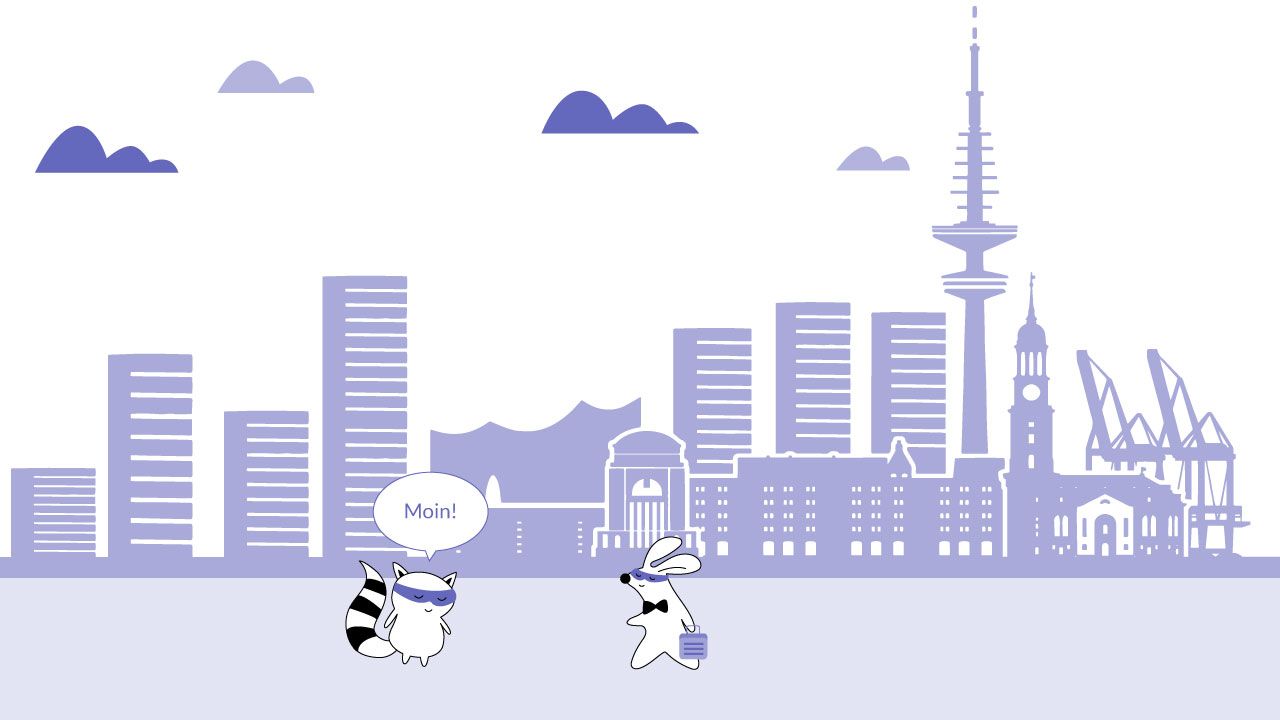
The differences between High German and Low German can seem daunting at first, but with a little bit of research and practice, anyone can learn the basics of these two dialects. While High German is most commonly used throughout Germany today, Low German remains prevalent in several northern regions.
All in all, High German and Low German might have many key differences, but they are both still considered to be a part of the German language. Learning the basic vocabulary and grammar rules for each will give you a good start into the standard language. And, picking up another dialect after learning this one will be pretty easy.
Learn German with Langster







